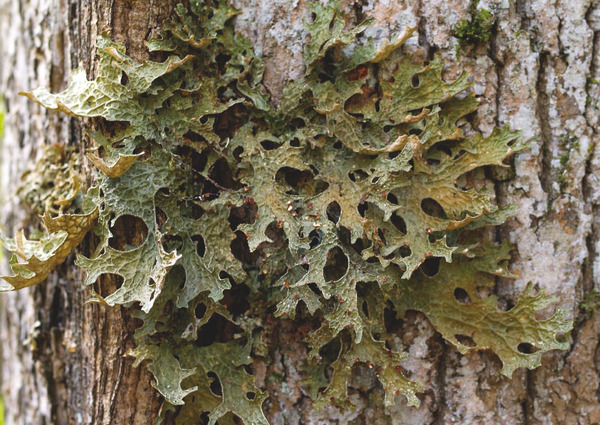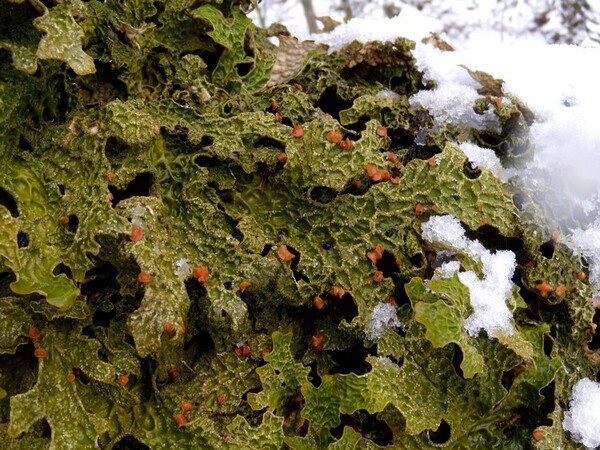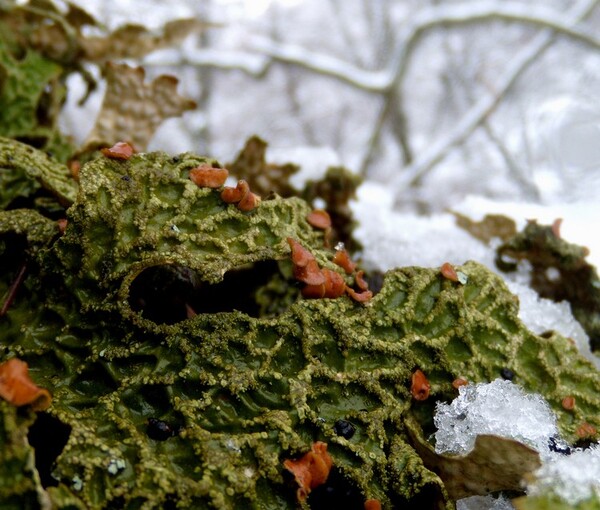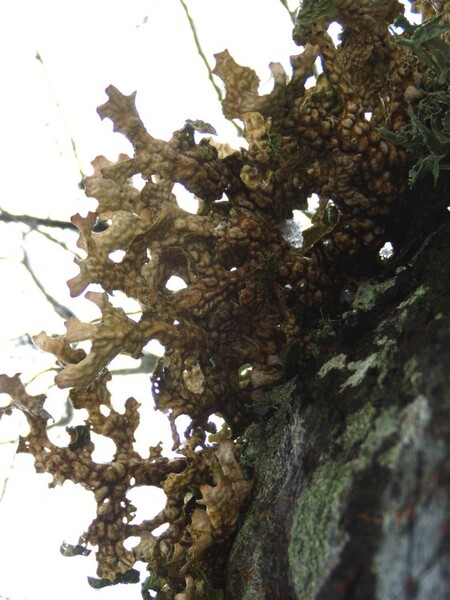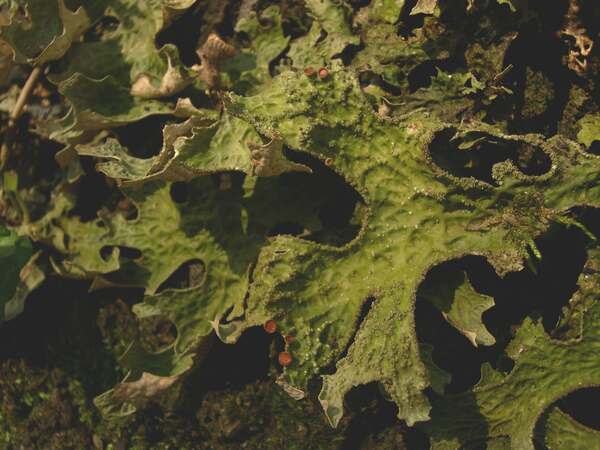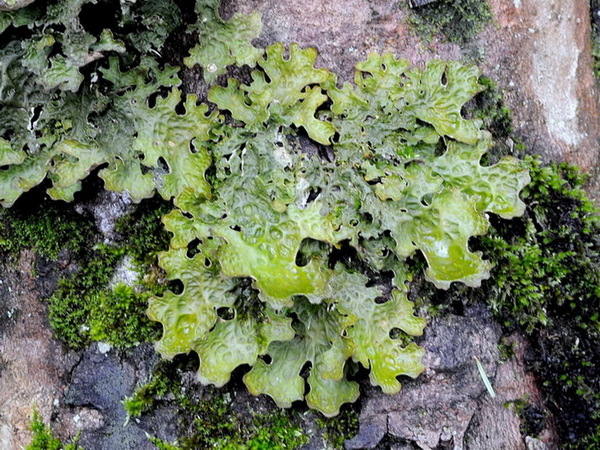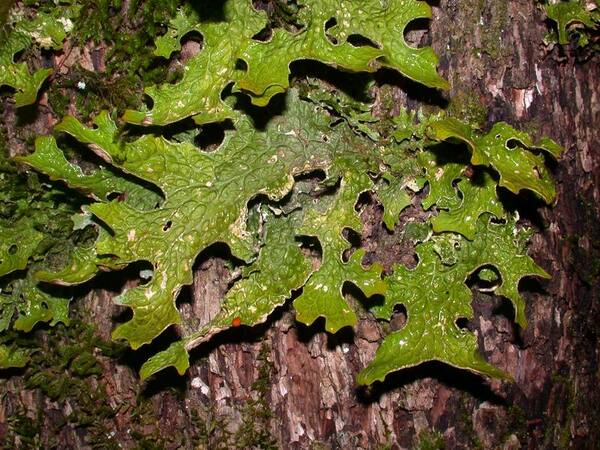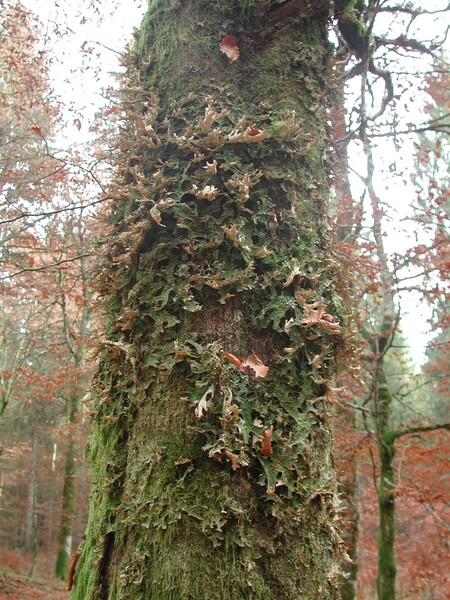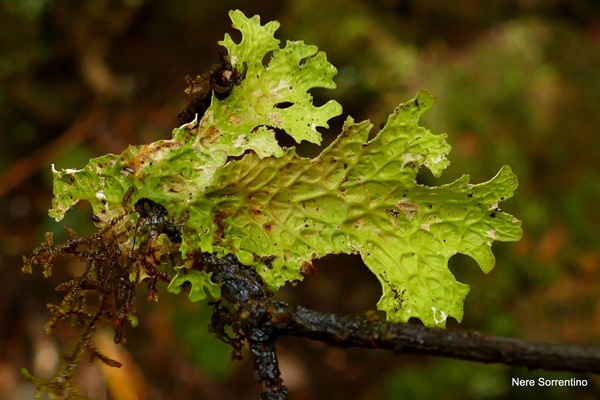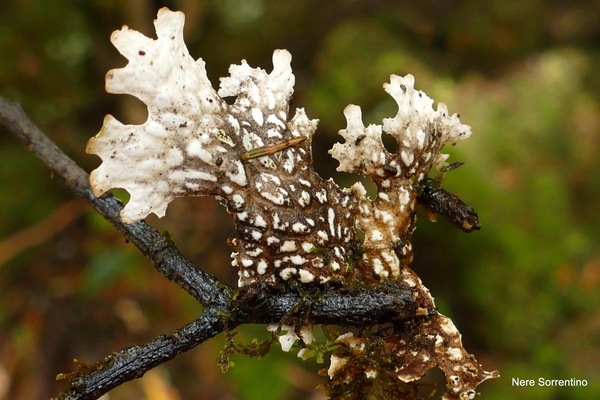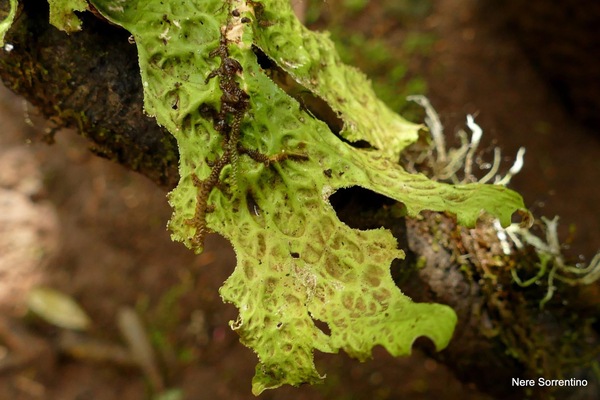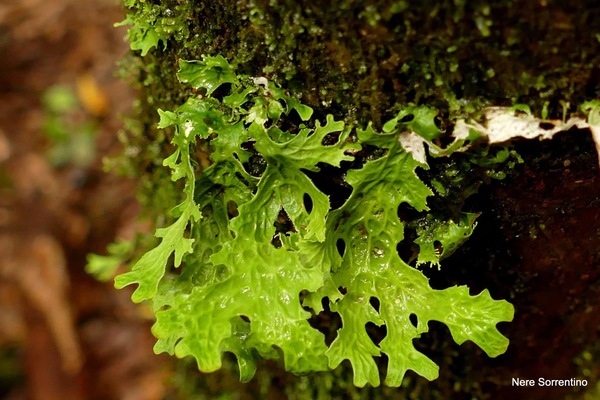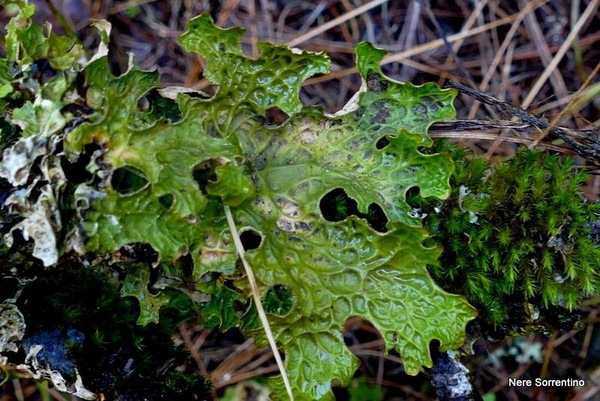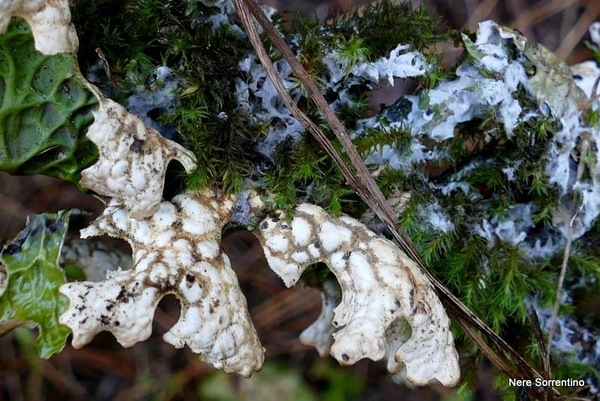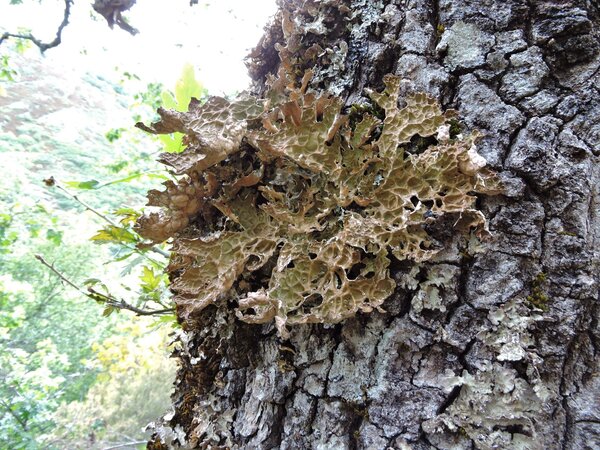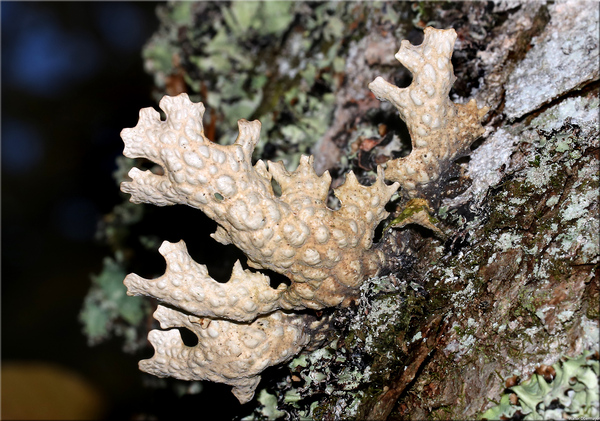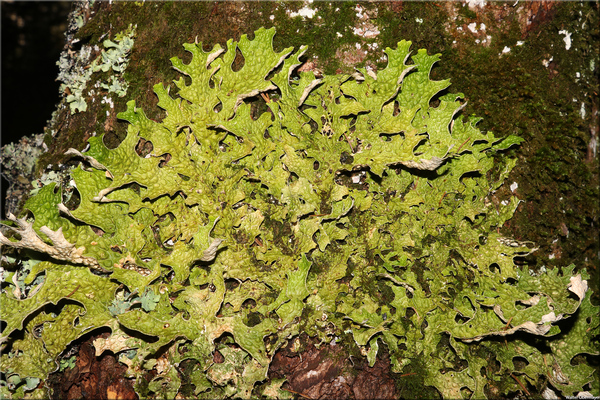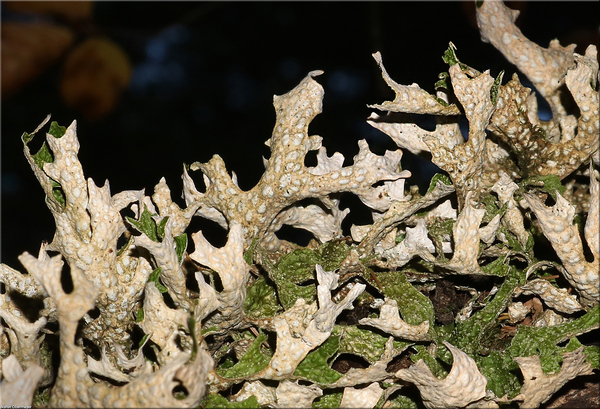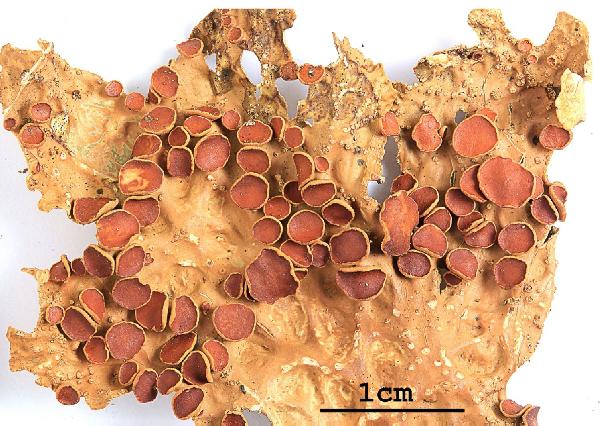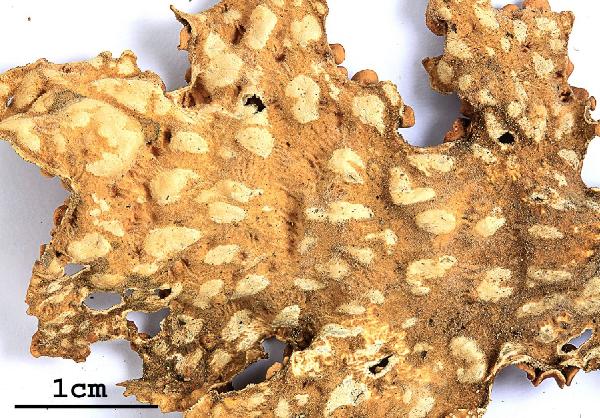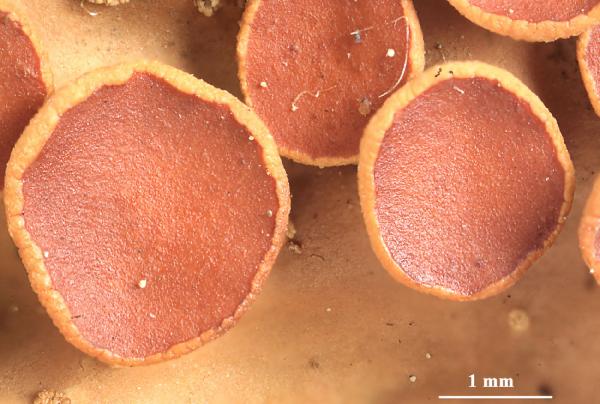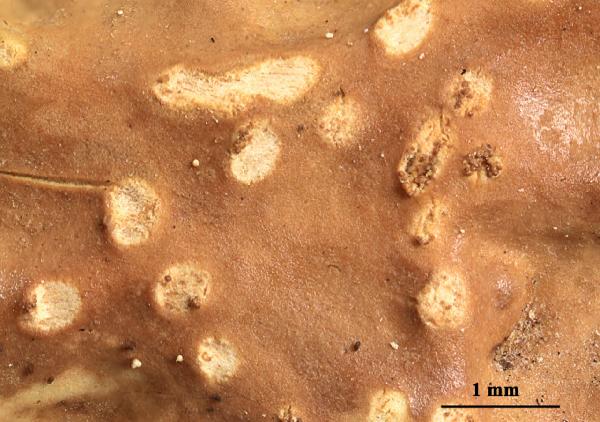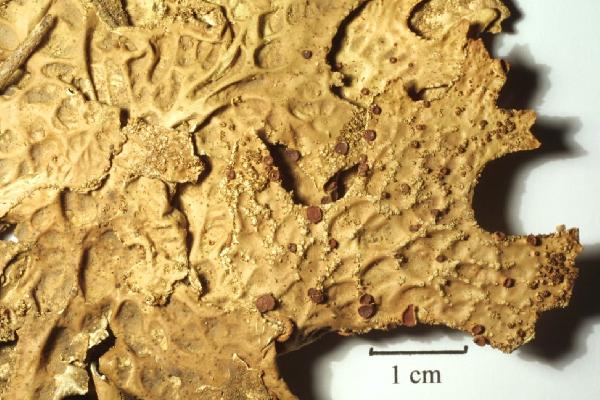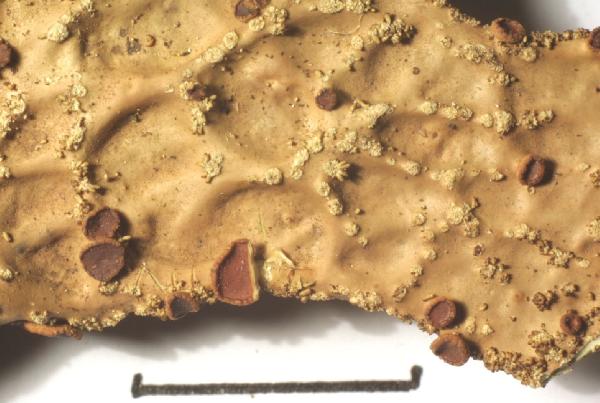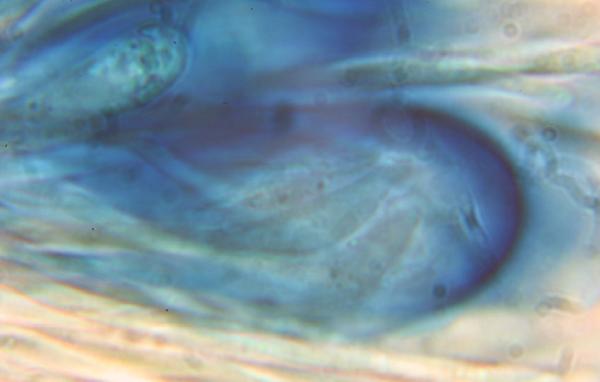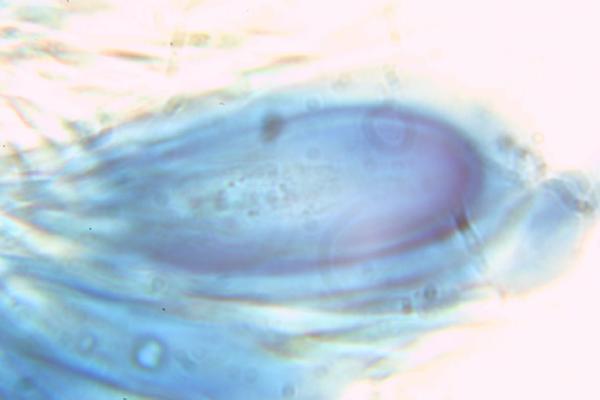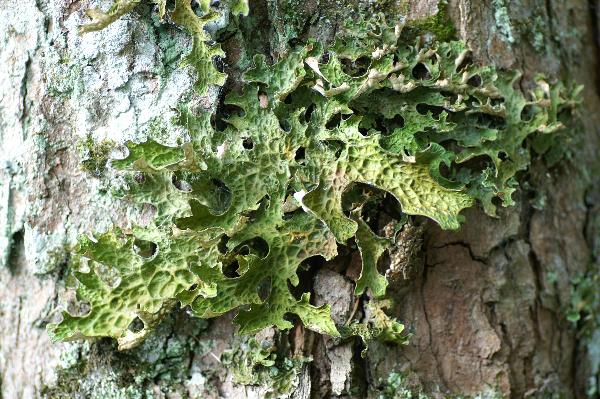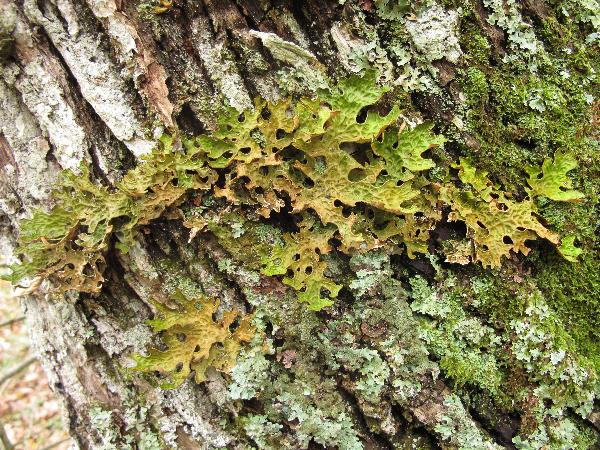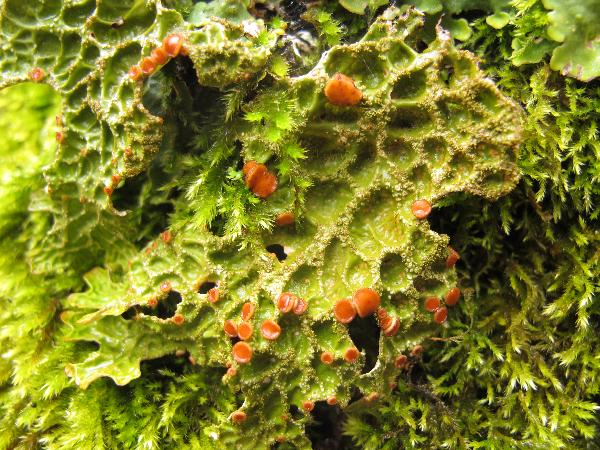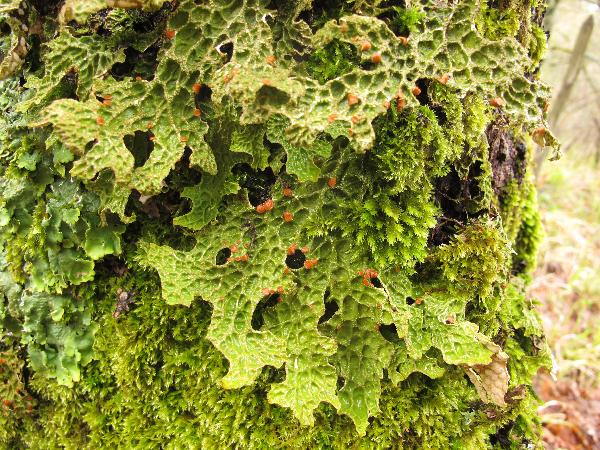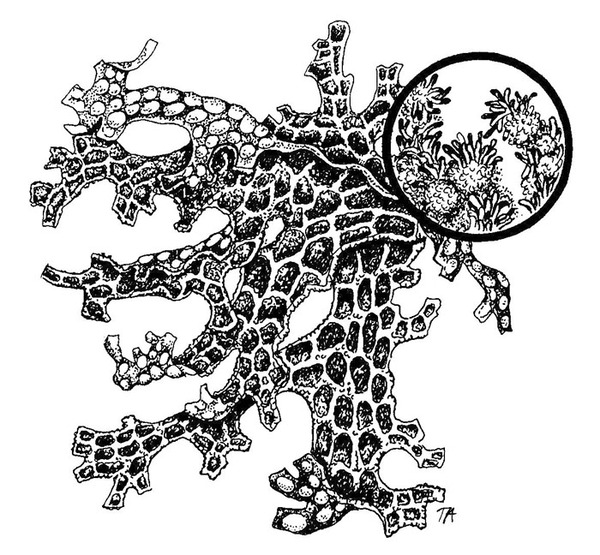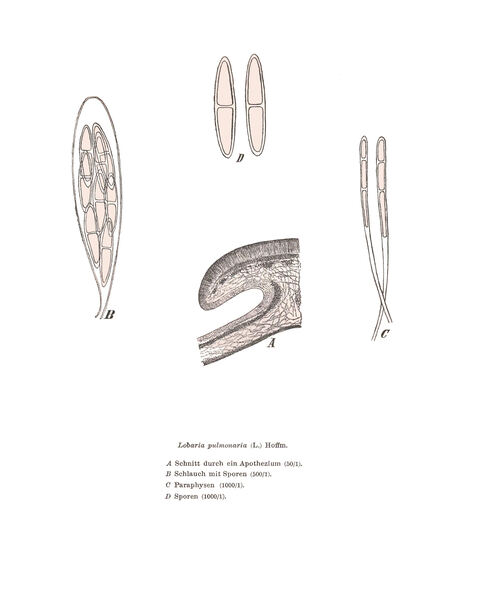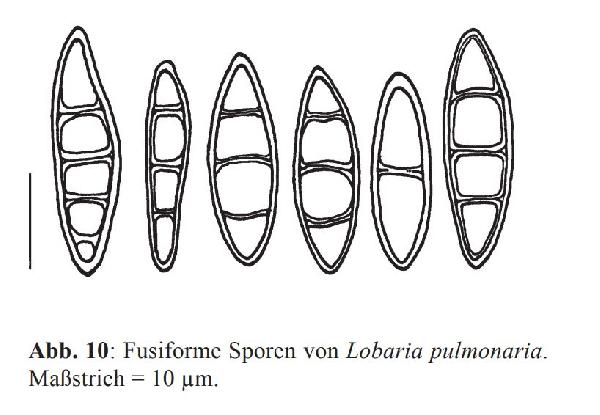Lobaria pulmonaria (L.) Hoffm.
Deutschl. Fl., 2: 146, 1796. Basionym: Lichen pulmonarius L. - Sp. Pl., 2: 1145, 1753.
Synonyms: Lobaria pulmonacea f. sorediata (Schaer.) Harm.; Lobaria pulmonaria var. meridionalis auct. eur. non Asahina; Sticta pulmonacea (Ach.) A; Sticta pulmonaria (L.) Biroli
Distribution: N - VG (Tretiach 1993), Frl (Tretiach 1993, 1996, Nascimbene & al. 1998, Nascimbene & Caniglia 2003, Tretiach & Molaro 2007, Tomasi 2007, Nascimbene & al. 2013), Ven (Tretiach 1993, Nascimbene & Caniglia 1997, 2003, 2003b, Lazzarin 1997, Caniglia & al. 1999, Nascimbene 2001, 2003b, 2008c, 2011, Caniglia & al. 2005, Nascimbene & al. 2005b, 2006c, 2007, 2009c, 2010b, 2013, 2013b, Franceschin 2009, Nascimbene & Marini 2010, Brackel 2013, Lich. Ital. Exs. 30: Isocrono & al. 2019, Di Nuzzo & al. 2022), TAA (Nascimbene 1997, Nascimbene & Caniglia 2003, Serafini & al. 2003, Nascimbene & al. 2007b, 2022), Lomb (Nascimbene & al. 2006b), Piem (Isocrono & al. 2004, Morisi 2005, Matteucci & al. 2008b, 2013, Nimis & al. 2015), VA (Piervittori & Isocrono 1999, Matteucci & Vanacore Falco 2015), Emil (Tretiach & al. 2008, Benesperi 2009, Nascimbene & al. 2013, Brackel 2015, Fariselli & al. 2020, Di Nuzzo & al. 2022), Lig (Tretiach 1993, Brunialti & al. 1999, Giordani & Brunialti 2002, Giordani & al. 2003b, Viglione & al. 2005, Widmer & al. 2012, Nascimbene & al. 2013, Di Nuzzo & al. 2022, Burguera & al. 2024, Brackel 2025). C - Tosc (Tretiach 1993, Tretiach & Nimis 1994, Loppi & Putortì 1995b, Loppi & De Dominicis 1996b, Loppi & al. 1997b, 2004c, Putortì & al. 1999, Paoli & Loppi 2001, Benesperi & Sàmari Fappiano 2006, Sàmari Fappiano 2006, Nascimbene & al. 2006b, Benesperi 2006, 2011, Benesperi & al. 2007, Benesperi & Lastrucci 2007, Tretiach & al. 2008, Pasquinelli & al. 2009, Brackel 2008, 2015, Lastrucci & al. 2009, Brunialti & Frati 2010, Widmer & al. 2012, Nascimbene & al. 2013, Obermayer 2016, Di Nuzzo & al. 2022, Isocrono & al. 2023, Frati & Brunialti 2023, Ravera & al. 2023b), Marc (Nimis & Tretiach 1999), Umb (Ravera 1998, 1998b, Panfili 2000, 2007, Ravera & al. 2006, Brackel 2025), Laz (Tretiach 1993, Ravera 2002, Massari & Ravera 2002, Widmer & al. 2012, Zucconi & al. 2013, Brackel 2015, Di Nuzzo & al. 2022), Abr (Nimis & Tretiach 1999, Di Santo 2012, Brackel 2015, Caporale & al. 2016, Corona & al. 2016, Gheza & al. 2021), Mol (Garofalo & al. 1999, Nimis & Tretiach 1999, Caporale & al. 2008, Ravera & Genovesi 2010, Ravera & al. 2010, Nascimbene & al. 2013, Paoli & al. 2015, Brackel 2020), Sar (Tretiach 1993, Zedda 1995, 2002, 2002b, Loi & al. 2000, Zedda & al. 2001, Piccotto & Tretiach 2010, Rizzi & al. 2011, Widmer & al. 2012, Nascimbene & al. 2013, Cossu 2013, Di Nuzzo & al. 2022, Ravera & al. 2024a). S - Camp (Puntillo & al. 2000, Aprile & al. 2002, 2003, 2003b, Nimis & Tretiach 2004, Brunialti & al. 2010, 2012c, 2013, Catalano & al. 2010, 2016, Puntillo & Puntillo 2011, Nascimbene & al. 2010b, 2013, Garofalo & al. 2010, Ravera 2013b, Ravera & Brunialti 2013, Brunialti & al. 2015, Sabatini & al. 2016, Ravera & al. 2024a), Pugl (Tretiach 1993, Nimis & Tretiach 1999, Brackel 2011, Brackel & Puntillo 2023), Bas (Nimis & Tretiach 1999, Fascetti & al. 2005, Nascimbene & al. 2006b, 2013, Potenza 2006, Puntillo & al. 2009, Potenza & Fascetti 2010, Brackel 2011, Hafellner 2011, Widmer & al. 2012), Cal (Tretiach 1993, Puntillo & Vezda 1994, Puntillo 1995, 1996, Incerti & Nimis 2006, Stofer 2006, Widmer & al. 2012, Nascimbene & al. 2013, Brackel & Puntillo 2016, 2023, Di Nuzzo & al. 2022), Si (Tretiach 1993, Czeczuga & al. 1994, Nimis & al. 1994, Grillo 1996, Ottonello & Romano 1997, Schicchi & al. 1997, Merlo 2004, 2004b, Nascimbene & al. 2006b, 2013, Brackel 2008b, Ottonello & Puntillo 2009, Liistro & Cataldo 2011, Ottonello & al. 2011, Widmer & al. 2012, Campisi & al. 2020).
Description: Thallus foliose, heteromerous, dorsiventral, broad-lobed, potentially >40 cm across, up to 0.5 mm thick, loosely attached at one end, sorediate and/or isidiate. Lobes broadly strap-shaped, 1-3(-5) cm wide, more or less dichotomously divided, at first adpressed, then mostly free from substrate in apical parts, the apices truncate, sinuate-indented; upper surface grey-green to yellowish brown, brighter green when wet, dull or slightly glossy, strongly reticulately ridged, with marked depressions. Isidia or granular soredia often present along margins and on ridges, the isidia cylindrical to club-shaped, more rarely flattened, often branched, to 0.4(-2) mm long when terete, the soralia developing where the isidia were shed, discrete to patchily confluent, punctiform to linear, with mostly coarse, globose, 20-70 µm wide soredia, often gathered into up to 80 µm wide consoredia. Lower surface white to pale brown at margins and on the swellings corresponding to the depressions on upper surface, otherwise pale to dark brown, tomentose, except on the swellings, mostly erhizinate or with sparse, at first squarrose, then simple rhizines. Upper and lower cortex pseudoparenchymatous; medulla white, often with internal cephalodia which are sometimes visible as rounded thickenings on the lower and/or upper side. Apothecia rare, laminal, most frequent on the ridges, 2-5(-7) mm across, with a brown-red disc and a thin, sometimes finally excluded, initially minutely hairy thalline margin. Epithecium reddish brown; hymenium colourless or pale brown in lower part; paraphyses mostly simple, not capitate; hypothecium brownish. Asci 8-spored, clavate, fissitunicate, the thickened apex with a K/I+ blue ring, Peltigera-type. Ascospores (1-)3(-5)-septate, fusiform to narrowly ellipsoid, hyaline to pale brown at maturity, (16-)18-30(-37) x 5-9 µm. Pycnidia immersed on the ridges. Conidia bacilliform, c. 5 x 1 µm. Photobiont chlorococcoid (Dictyochloropsis; cyanobacteria present in the internal cephalodia. Spot tests: upper cortex K-, C-, KC-, P-; medulla K+ yellow-orange (often faintly), C-, KC- or KC+ yellow-orange, P+ faintly orange-red. Chemistry: stictic and constictic acids (major), norstictic, cryptostictic, and salazinic acids (minor). Note: a mainly temperate, holarctic species found on bark and on epiphytic and epilithic mosses in humid forests; extinct in the plains of Northern Italy, it is still abundant in humid montane forests of Central and Southern Italy, reaching the coast in undisturbed areas of the Tyrrhenian ecoregion (e.g. in the Castelporziano Estate near Rome). A distribution map in Italy was published by Nascimbene & al. (2016). It is included in the Italian red list of epiphytic lichens under the “Least Concern” category (Nascimbene & al. 2013c).
Growth form: Foliose, broad lobed
Substrata: bark
Photobiont: green algae other than Trentepohlia
Reproductive strategy: mainly asexual, by soredia, or soredia-like structures (e.g. blastidia)
Most common in areas with a humid-warm climate (e.g. most of Tyrrenian Italy)
Commonnes-rarity: (info)
Alpine belt: absent
Subalpine belt: absent
Oromediterranean belt: absent
Montane belt: rather common
Submediterranean belt: extremely rare
Padanian area: absent
Humid submediterranean belt: rare
Humid mediterranean belt: extremely rare
Dry mediterranean belt: absent
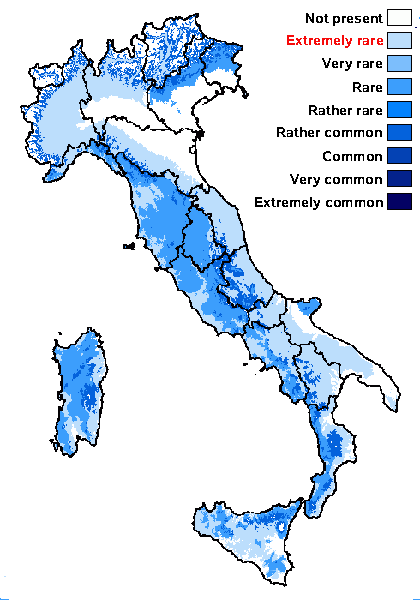
Predictive model
Herbarium samples


P.L. Nimis; Owner: Department of Life Sciences, University of Trieste
Herbarium: TSB (11427)
2001/11/26
detail of isidia of var.meridionalis
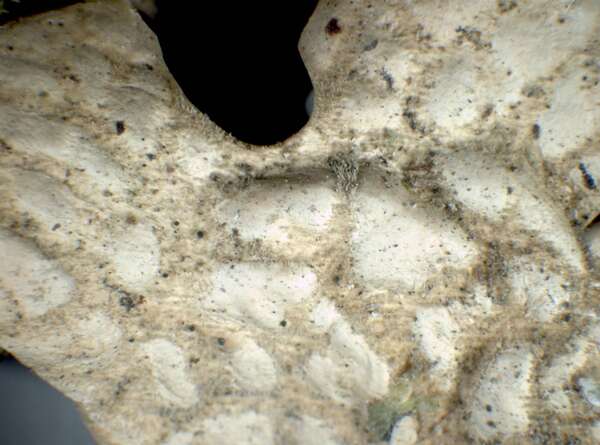

P.L. Nimis; Owner: Department of Life Sciences, University of Trieste
Herbarium: TSB (20012)
2001/11/26
detail of lower surface
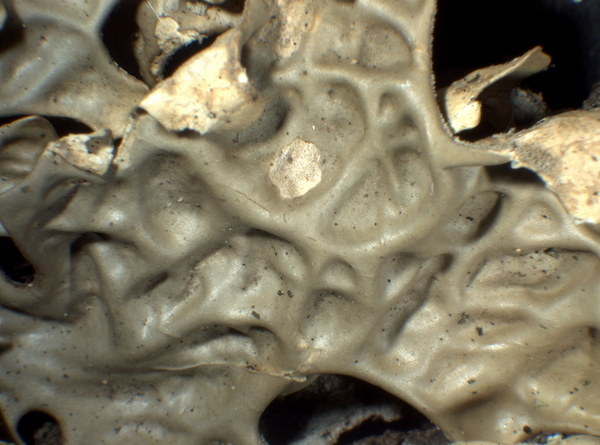

P.L.Nimis; Owner: Department of Life Sciences, University of Trieste
Herbarium: TSB (36898)
2008.02.28
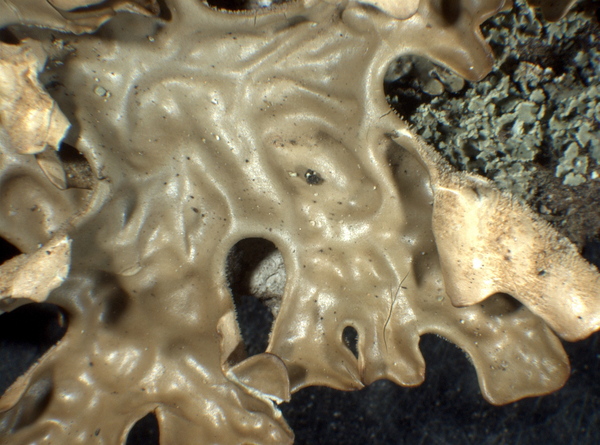

P.L.Nimis; Owner: Department of Life Sciences, University of Trieste
Herbarium: TSB (36898)
2008.02.28
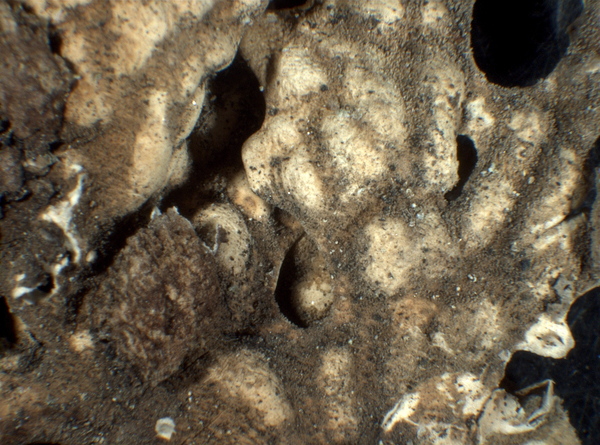

P.L.Nimis; Owner: Department of Life Sciences, University of Trieste
Herbarium: TSB (36898)
2008.02.28

Jessica Bonazzi; Owner: Department of Life Sciences, University of Trieste
Friuli-Venezia Giulia, UD, Lago di Sauris, Bosco della Stua, ca. 1000 m
2008.27.08

Jessica Bonazzi; Owner: Department of Life Sciences, University of Trieste
Friuli-Venezia Giulia, UD, Lago di Sauris, Bosco della Stua, ca. 1000 m
2008.27.08
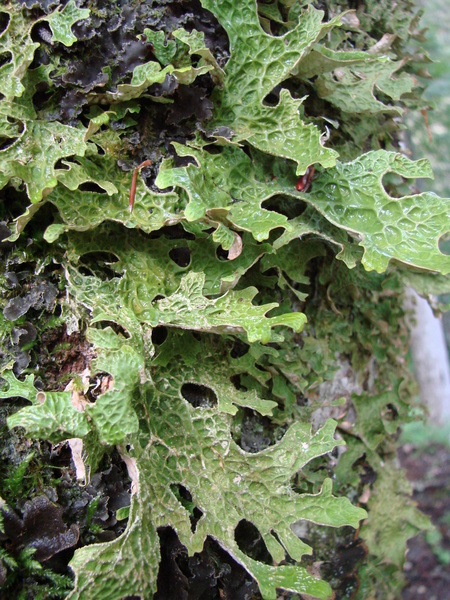
Jessica Bonazzi; Owner: Department of Life Sciences, University of Trieste
Friuli-Venezia Giulia, UD, Lago di Sauris, Bosco della Stua, ca. 1000 m
2008.27.08


Andrea Moro; Owner: Department of Life Sciences, University of Trieste
Italia, Veneto, BL, Comune di Sappada, pendici boscose del Monte Peralba.
2008.27.08
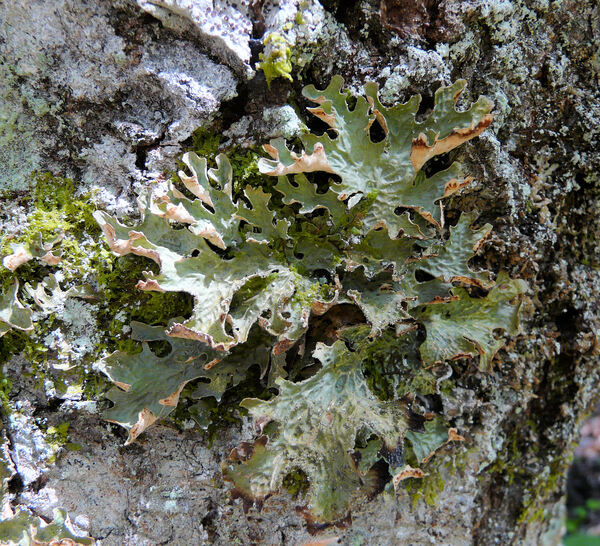

Andrea Moro; Owner: Department of Life Sciences, University of Trieste
Italia, Friuli-Venezia Giulia, UD, Comune di Sauris, Bosco della Stua presso il Lago
2008.26.08
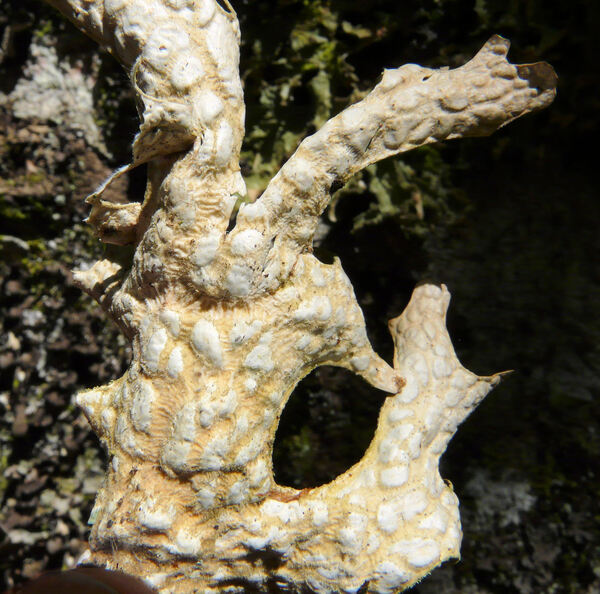

Andrea Moro; Owner: Department of Life Sciences, University of Trieste
Italia, Friuli-Venezia Giulia, UD, Comune di Sauris, Bosco della Stua presso il Lago
2008.26.08
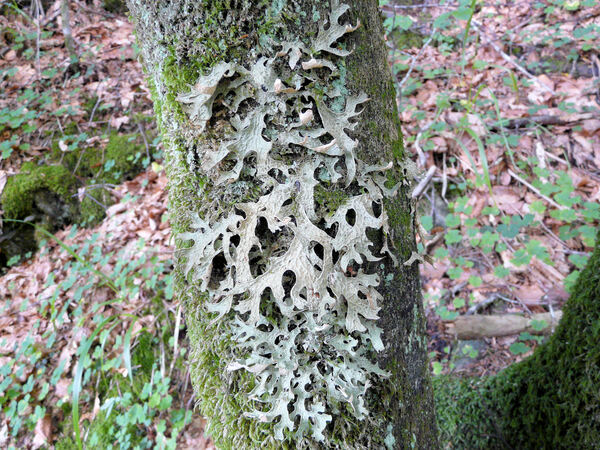

Andrea Moro; Owner: Department of Life Sciences, University of Trieste
Italia, Friuli-Venezia Giulia, UD, Comune di Sauris, Bosco della Stua presso il Lago
2008.26.08
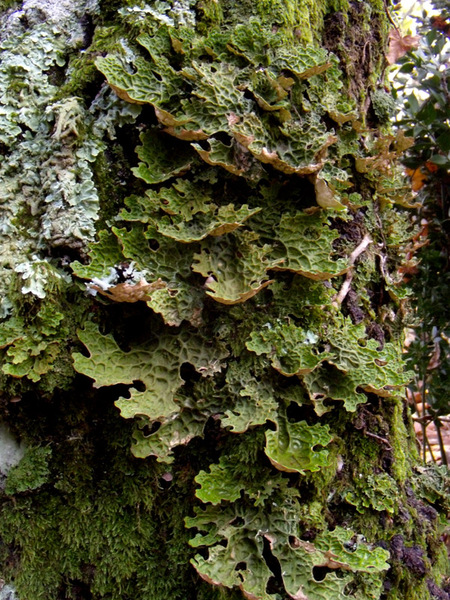
Manilio Prignano; Owner: Manilio Prignano
Italy, Lazio, Roma, Monti dell'Artemisio (Castelli Romani)
2010
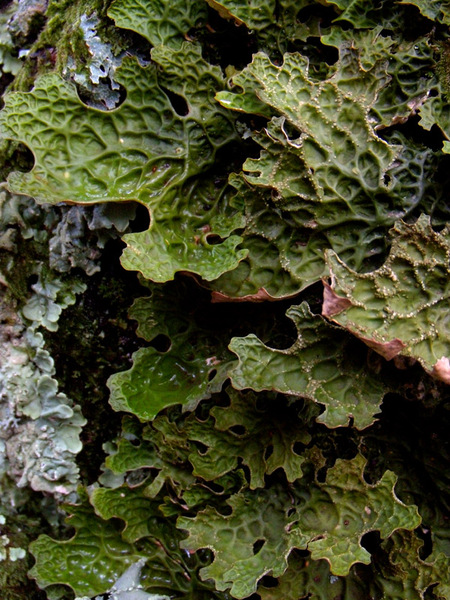
Manilio Prignano; Owner: Manilio Prignano
Italy, Lazio, Roma, Monti dell'Artemisio (Castelli Romani)
2010
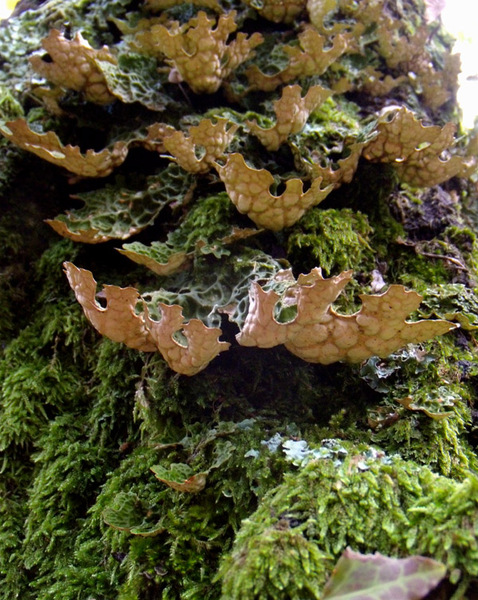
Manilio Prignano; Owner: Manilio Prignano
Italy, Lazio, Roma, Monti dell'Artemisio (Castelli Romani)
2010
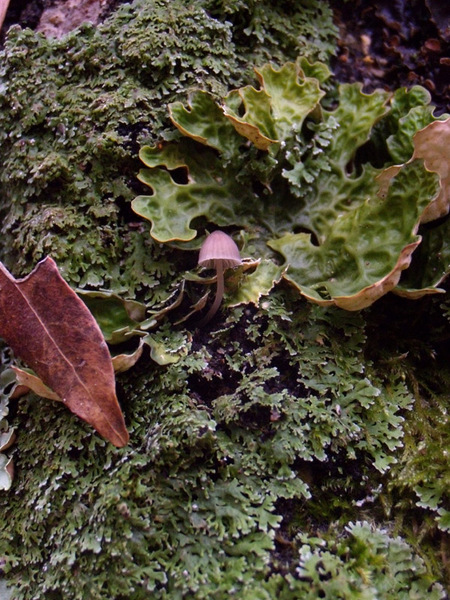
Manilio Prignano; Owner: Manilio Prignano
Italy, Lazio, Roma, Monti dell'Artemisio (Castelli Romani)
2010
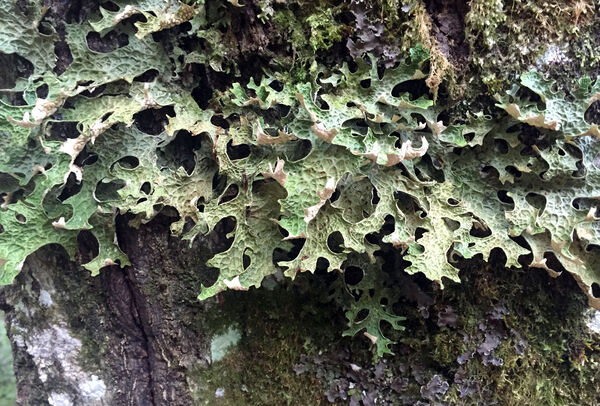

P.L. Nimis; Owner: Department of Life Sciences, University of Trieste
Italy, Friuli Venezia Giulia, Udine, Bosco della Stua, Lago di Sauris, 1000m
09.09.2016
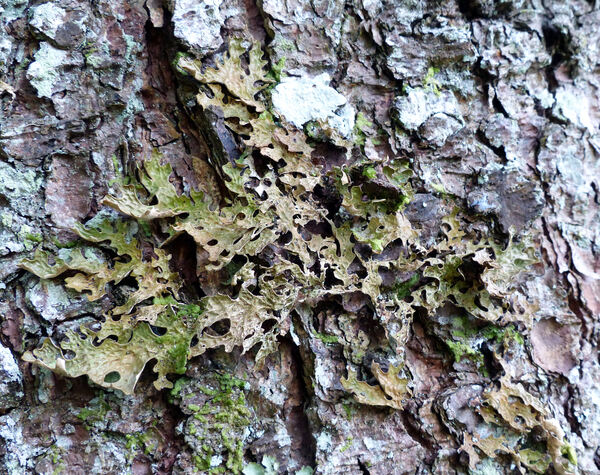

Andrea Moro; Owner: Department of Life Sciences, University of Trieste
Italy, Friuli Venezia Giulia, Udine, Lago di Sauris, Bosco della Stua, Carnic Alps (Ampezzo Carnico) 1000 m; altitude: 1000 m
12/08/2017
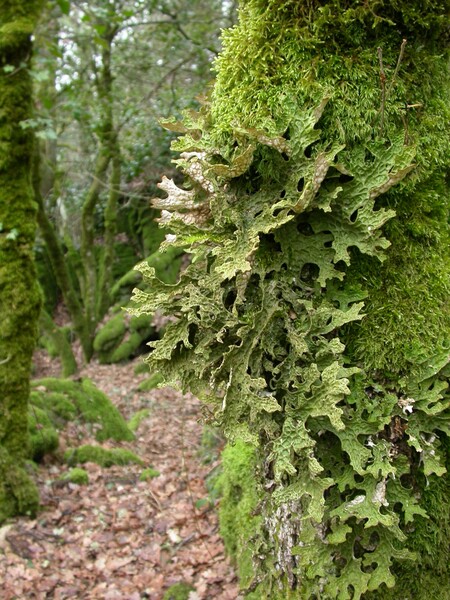

Juri Nascimbene - CC BY-SA 4.0; Owner: ITALIC - Dyades Project - Dept. of Life Sciences, University of Trieste
Sardinia, Italy
2014
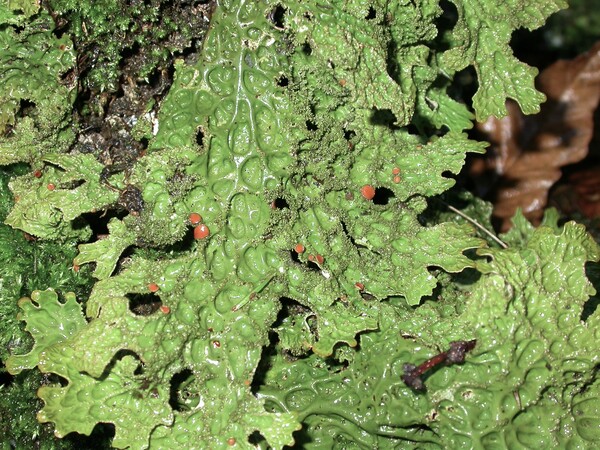

Juri Nascimbene – CC BY-SA 4.0; Owner: Department of ùLife Sciences, University of Trieste
Italy, Toscana, Massa Carrara, Vinca
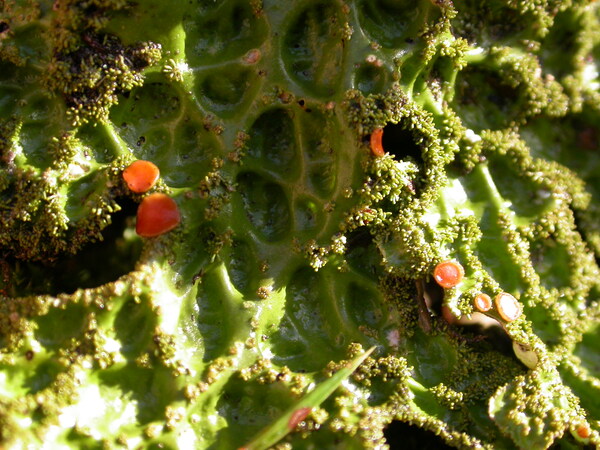

Juri Nascimbene – CC BY-SA 4.0; Owner: Department of ùLife Sciences, University of Trieste
Italy, Toscana, Massa Carrara, Vinca
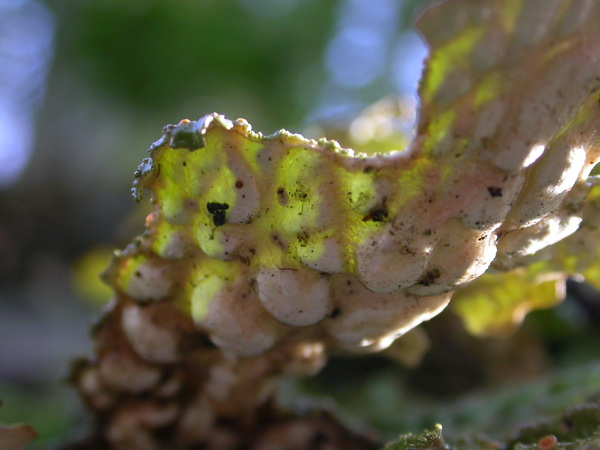

Juri Nascimbene – CC BY-SA 4.0; Owner: Department of ùLife Sciences, University of Trieste
Italy, Toscana, Massa Carrara, Vinca
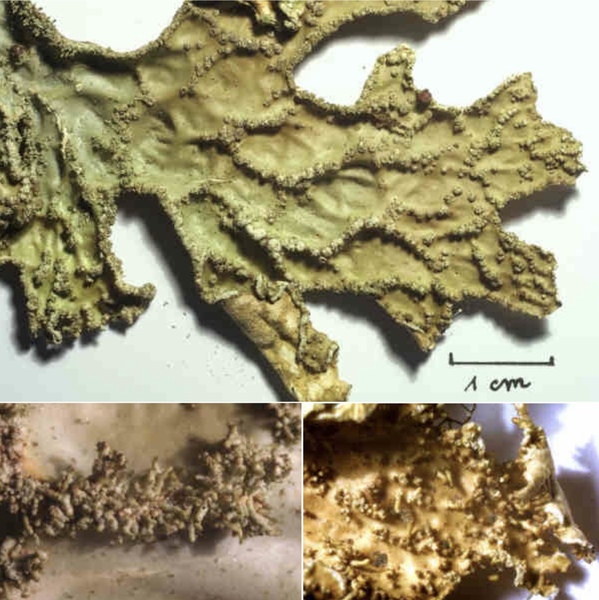

Felix Schumm – CC BY-SA 4.0
Image from: F. Schumm (2008) - Flechten Madeiras, der Kanaren und Azoren. Beck, OHG - ISBN: 978-3-00-023700-3
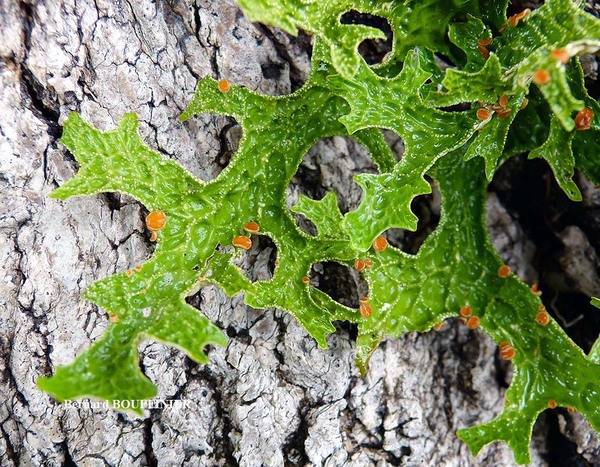
Bernard Bouffinier - Source: http://www.lichensmaritimes.org/index.php?task=fiche&lichen=273&lang=en
France, Forêt du Cranou

Bernard Bouffinier - Source: http://www.lichensmaritimes.org/index.php?task=fiche&lichen=273&lang=en
France, Forêt du Cranou

Bernard Bouffinier - Source: http://www.lichensmaritimes.org/index.php?task=fiche&lichen=273&lang=en
France, Forêt du Cranou
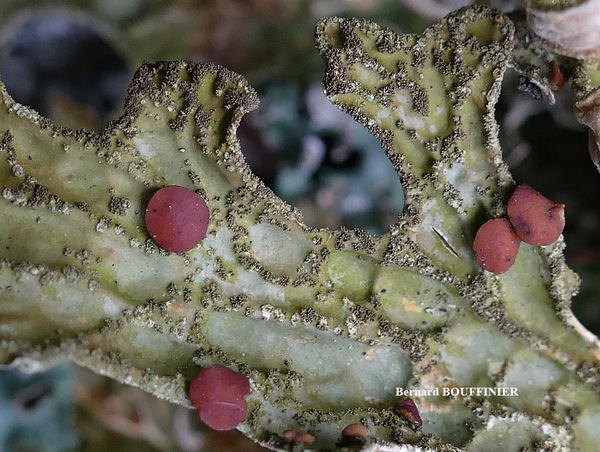
Bernard Bouffinier - Source: http://www.lichensmaritimes.org/index.php?task=fiche&lichen=273&lang=en
France, Pays Basque, Col d'Iraty
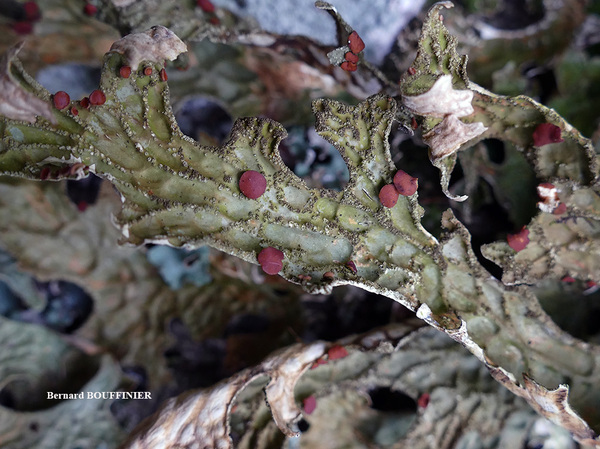
Bernard Bouffinier - Source: http://www.lichensmaritimes.org/index.php?task=fiche&lichen=273&lang=en
France, Pays Basque, Col d'Iraty
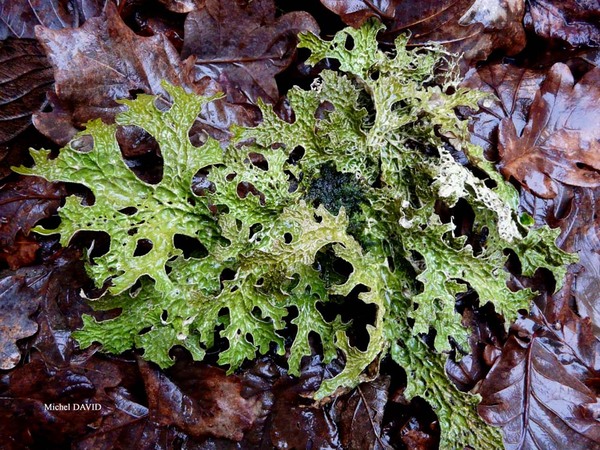
Michel David - Source: http://www.lichensmaritimes.org/index.php?task=fiche&lichen=273&lang=en
France, Forêt du Cranou
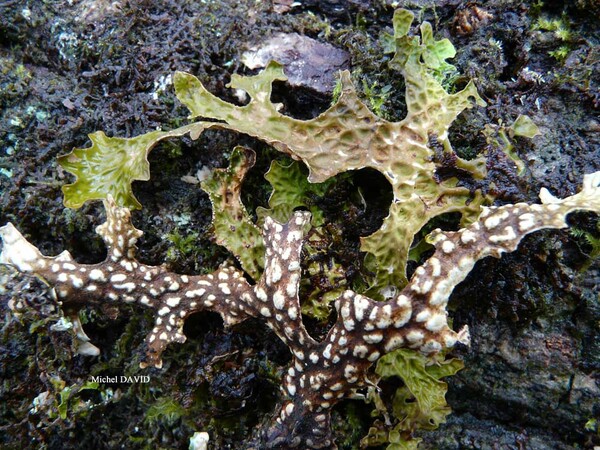
Michel David - Source: http://www.lichensmaritimes.org/index.php?task=fiche&lichen=273&lang=en
France, Forêt du Cranou

Michel David - Source: http://www.lichensmaritimes.org/index.php?task=fiche&lichen=273&lang=en
France, Forêt du Cranou
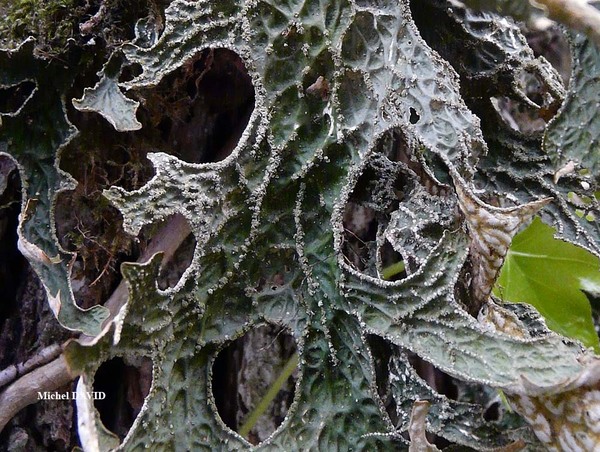
Michel David - Source: http://www.lichensmaritimes.org/index.php?task=fiche&lichen=273&lang=en
France, Landévennecnd

Michel David - Source: http://www.lichensmaritimes.org/index.php?task=fiche&lichen=273&lang=en
France, Landévennecnd
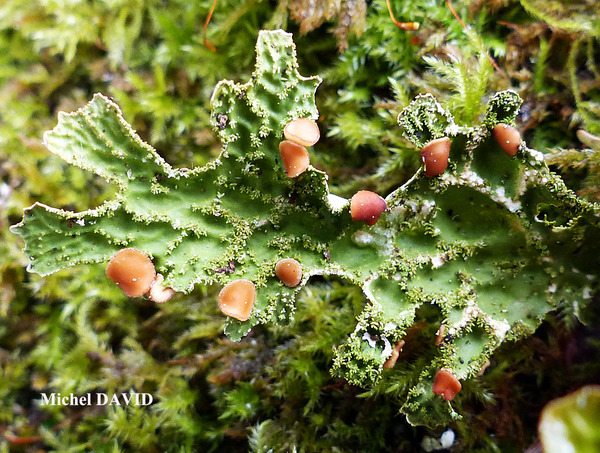
Michel David - Source: http://www.lichensmaritimes.org/index.php?task=fiche&lichen=273&lang=en
France, Forêt du Cranou

Michel David - Source: http://www.lichensmaritimes.org/index.php?task=fiche&lichen=273&lang=en
France, Forêt du Cranou
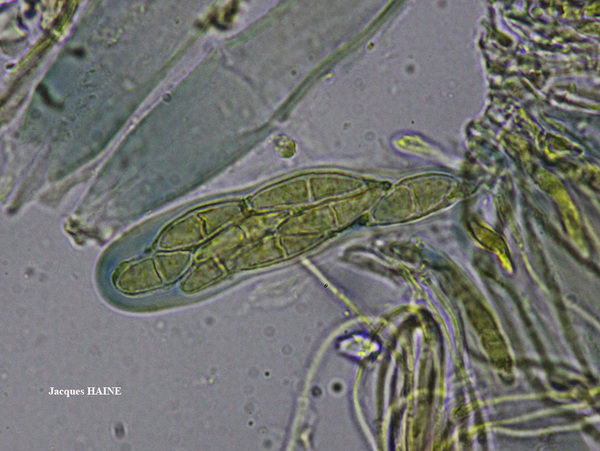
Jacques Haine - Source: http://www.lichensmaritimes.org/index.php?task=fiche&lichen=273&lang=en
France, Roncevaux

Jacques Haine - Source: http://www.lichensmaritimes.org/index.php?task=fiche&lichen=273&lang=en
France, Roncevaux
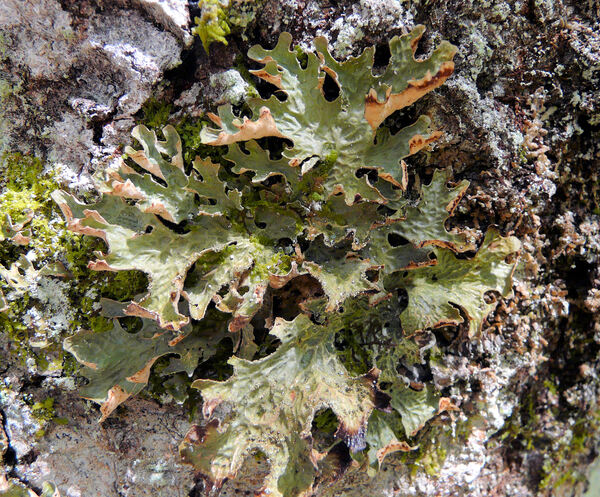

A. Moro CC BY-SA 4.0
Italia, Friuli-Venezia Giulia, UD, Comune di Sauris, Bosco della Stua presso il Lago
26/08/2008
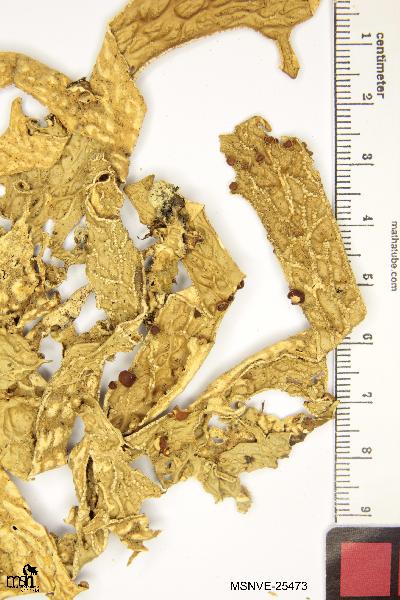
Collezione lichenologica Abramo Massalongo del Museo di Storia Naturale G. Ligabue di Venezia - Autori: Seggi, Linda; Trabucco, Raffaella Proprietà: Fondazione Musei Civici di Venezia - CC BY-NC
Italy, Veneto, in fructu Bosco Montello
as Sticta pulmonacea
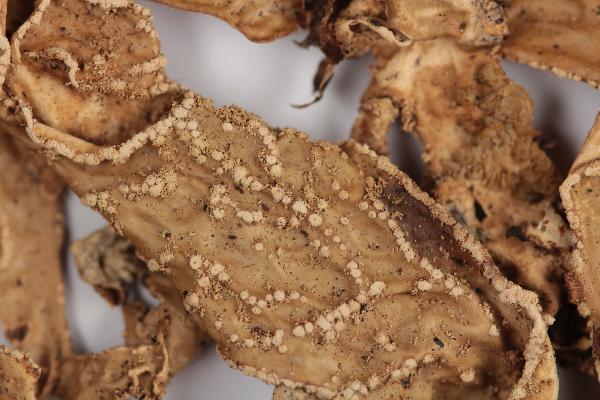
Collezione lichenologica Abramo Massalongo del Museo di Storia Naturale G. Ligabue di Venezia - Autori: Seggi, Linda; Trabucco, Raffaella Proprietà: Fondazione Musei Civici di Venezia - CC BY-NC
Italy, Veneto, in fructu Bosco Montello
as Sticta pulmonacea
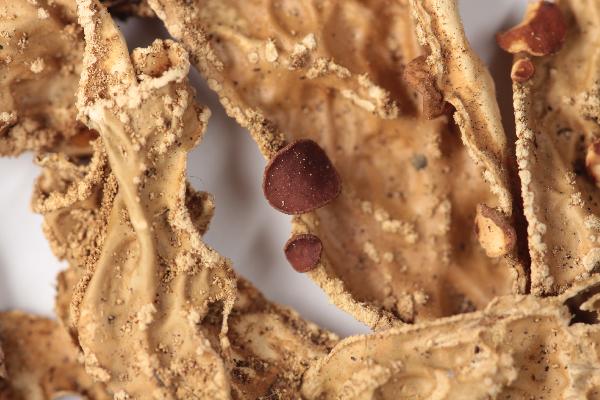
Collezione lichenologica Abramo Massalongo del Museo di Storia Naturale G. Ligabue di Venezia - Autori: Seggi, Linda; Trabucco, Raffaella Proprietà: Fondazione Musei Civici di Venezia - CC BY-NC
Italy, Veneto, in fructu Bosco Montello
as Sticta pulmonacea
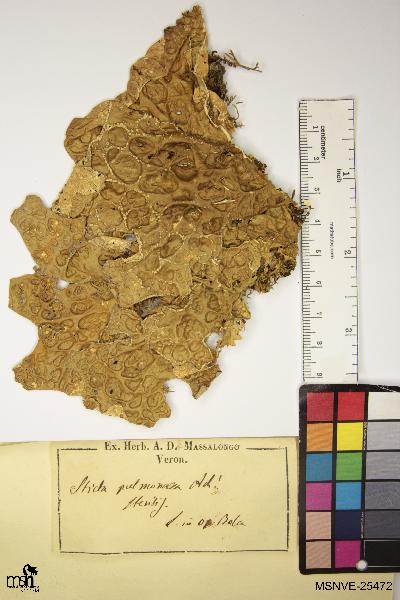
Collezione lichenologica Abramo Massalongo del Museo di Storia Naturale G. Ligabue di Venezia - Autori: Seggi, Linda; Trabucco, Raffaella Proprietà: Fondazione Musei Civici di Venezia - CC BY-NC
Italy, Veneto, sterilis. L. in op. Bolca
as Sticta pulmonacea
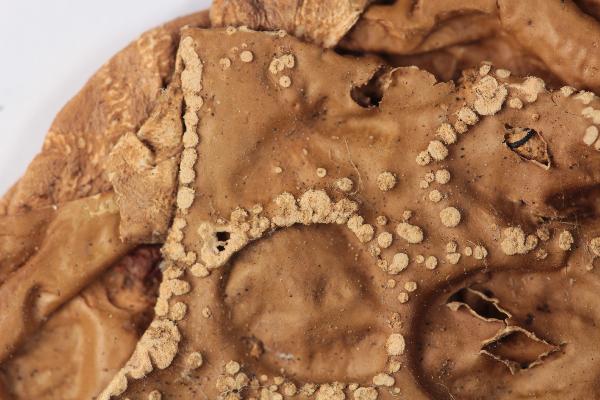
Collezione lichenologica Abramo Massalongo del Museo di Storia Naturale G. Ligabue di Venezia - Autori: Seggi, Linda; Trabucco, Raffaella Proprietà: Fondazione Musei Civici di Venezia - CC BY-NC
Italy, Veneto, sterilis. L. in op. Bolca
as Sticta pulmonacea
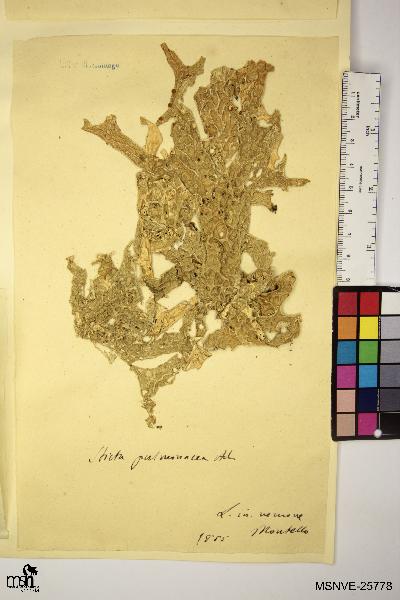
Collezione lichenologica Abramo Massalongo del Museo di Storia Naturale G. Ligabue di Venezia - Autori: Seggi, Linda; Trabucco, Raffaella Proprietà: Fondazione Musei Civici di Venezia - CC BY-NC
Italy, Veneto, in nemore Montello
as Sticta pulmonacea
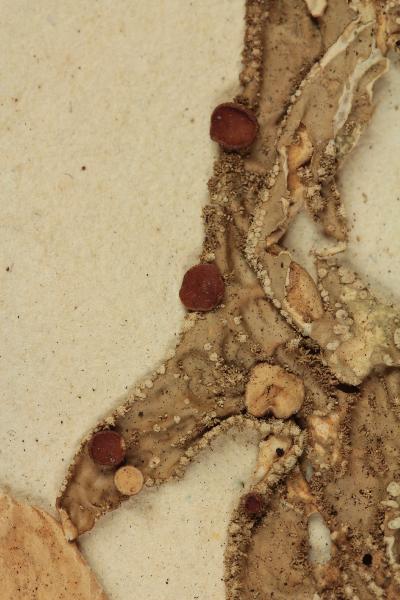
Collezione lichenologica Abramo Massalongo del Museo di Storia Naturale G. Ligabue di Venezia - Autori: Seggi, Linda; Trabucco, Raffaella Proprietà: Fondazione Musei Civici di Venezia - CC BY-NC
Italy, Veneto, in nemore Montello
as Sticta pulmonacea

Zahlbruckner A. 1926. Lichenes (Flechten). In: Engler A. (ed.): Die natürlichen Pflanzenfamilien. 2nd ed., vol 8, W. Engelmann, Leipzig, 270 pp.
Growth form: Foliose, broad lobed
Substrata: bark
Photobiont: green algae other than Trentepohlia
Reproductive strategy: mainly asexual, by soredia, or soredia-like structures (e.g. blastidia)
Most common in areas with a humid-warm climate (e.g. most of Tyrrenian Italy)
Commonnes-rarity: (info)
Alpine belt: absent
Subalpine belt: absent
Oromediterranean belt: absent
Montane belt: rather common
Submediterranean belt: extremely rare
Padanian area: absent
Humid submediterranean belt: rare
Humid mediterranean belt: extremely rare
Dry mediterranean belt: absent

Predictive model
| Herbarium samples |


P.L. Nimis; Owner: Department of Life Sciences, University of Trieste
Herbarium: TSB (11427)
2001/11/26
detail of isidia of var.meridionalis


P.L. Nimis; Owner: Department of Life Sciences, University of Trieste
Herbarium: TSB (20012)
2001/11/26
detail of lower surface


P.L.Nimis; Owner: Department of Life Sciences, University of Trieste
Herbarium: TSB (36898)
2008.02.28


P.L.Nimis; Owner: Department of Life Sciences, University of Trieste
Herbarium: TSB (36898)
2008.02.28


P.L.Nimis; Owner: Department of Life Sciences, University of Trieste
Herbarium: TSB (36898)
2008.02.28

Jessica Bonazzi; Owner: Department of Life Sciences, University of Trieste
Friuli-Venezia Giulia, UD, Lago di Sauris, Bosco della Stua, ca. 1000 m
2008.27.08

Jessica Bonazzi; Owner: Department of Life Sciences, University of Trieste
Friuli-Venezia Giulia, UD, Lago di Sauris, Bosco della Stua, ca. 1000 m
2008.27.08

Jessica Bonazzi; Owner: Department of Life Sciences, University of Trieste
Friuli-Venezia Giulia, UD, Lago di Sauris, Bosco della Stua, ca. 1000 m
2008.27.08


Andrea Moro; Owner: Department of Life Sciences, University of Trieste
Italia, Veneto, BL, Comune di Sappada, pendici boscose del Monte Peralba.
2008.27.08


Andrea Moro; Owner: Department of Life Sciences, University of Trieste
Italia, Friuli-Venezia Giulia, UD, Comune di Sauris, Bosco della Stua presso il Lago
2008.26.08


Andrea Moro; Owner: Department of Life Sciences, University of Trieste
Italia, Friuli-Venezia Giulia, UD, Comune di Sauris, Bosco della Stua presso il Lago
2008.26.08


Andrea Moro; Owner: Department of Life Sciences, University of Trieste
Italia, Friuli-Venezia Giulia, UD, Comune di Sauris, Bosco della Stua presso il Lago
2008.26.08

Manilio Prignano; Owner: Manilio Prignano
Italy, Lazio, Roma, Monti dell'Artemisio (Castelli Romani)
2010

Manilio Prignano; Owner: Manilio Prignano
Italy, Lazio, Roma, Monti dell'Artemisio (Castelli Romani)
2010

Manilio Prignano; Owner: Manilio Prignano
Italy, Lazio, Roma, Monti dell'Artemisio (Castelli Romani)
2010

Manilio Prignano; Owner: Manilio Prignano
Italy, Lazio, Roma, Monti dell'Artemisio (Castelli Romani)
2010


P.L. Nimis; Owner: Department of Life Sciences, University of Trieste
Italy, Friuli Venezia Giulia, Udine, Bosco della Stua, Lago di Sauris, 1000m
09.09.2016


Andrea Moro; Owner: Department of Life Sciences, University of Trieste
Italy, Friuli Venezia Giulia, Udine, Lago di Sauris, Bosco della Stua, Carnic Alps (Ampezzo Carnico) 1000 m; altitude: 1000 m
12/08/2017


Juri Nascimbene - CC BY-SA 4.0; Owner: ITALIC - Dyades Project - Dept. of Life Sciences, University of Trieste
Sardinia, Italy
2014


Juri Nascimbene – CC BY-SA 4.0; Owner: Department of ùLife Sciences, University of Trieste
Italy, Toscana, Massa Carrara, Vinca


Juri Nascimbene – CC BY-SA 4.0; Owner: Department of ùLife Sciences, University of Trieste
Italy, Toscana, Massa Carrara, Vinca


Juri Nascimbene – CC BY-SA 4.0; Owner: Department of ùLife Sciences, University of Trieste
Italy, Toscana, Massa Carrara, Vinca


Felix Schumm – CC BY-SA 4.0
Image from: F. Schumm (2008) - Flechten Madeiras, der Kanaren und Azoren. Beck, OHG - ISBN: 978-3-00-023700-3

Bernard Bouffinier - Source: http://www.lichensmaritimes.org/index.php?task=fiche&lichen=273&lang=en
France, Forêt du Cranou

Bernard Bouffinier - Source: http://www.lichensmaritimes.org/index.php?task=fiche&lichen=273&lang=en
France, Forêt du Cranou

Bernard Bouffinier - Source: http://www.lichensmaritimes.org/index.php?task=fiche&lichen=273&lang=en
France, Forêt du Cranou

Bernard Bouffinier - Source: http://www.lichensmaritimes.org/index.php?task=fiche&lichen=273&lang=en
France, Pays Basque, Col d'Iraty

Bernard Bouffinier - Source: http://www.lichensmaritimes.org/index.php?task=fiche&lichen=273&lang=en
France, Pays Basque, Col d'Iraty

Michel David - Source: http://www.lichensmaritimes.org/index.php?task=fiche&lichen=273&lang=en
France, Forêt du Cranou

Michel David - Source: http://www.lichensmaritimes.org/index.php?task=fiche&lichen=273&lang=en
France, Forêt du Cranou

Michel David - Source: http://www.lichensmaritimes.org/index.php?task=fiche&lichen=273&lang=en
France, Forêt du Cranou

Michel David - Source: http://www.lichensmaritimes.org/index.php?task=fiche&lichen=273&lang=en
France, Landévennecnd

Michel David - Source: http://www.lichensmaritimes.org/index.php?task=fiche&lichen=273&lang=en
France, Landévennecnd

Michel David - Source: http://www.lichensmaritimes.org/index.php?task=fiche&lichen=273&lang=en
France, Forêt du Cranou

Michel David - Source: http://www.lichensmaritimes.org/index.php?task=fiche&lichen=273&lang=en
France, Forêt du Cranou

Jacques Haine - Source: http://www.lichensmaritimes.org/index.php?task=fiche&lichen=273&lang=en
France, Roncevaux

Jacques Haine - Source: http://www.lichensmaritimes.org/index.php?task=fiche&lichen=273&lang=en
France, Roncevaux


A. Moro CC BY-SA 4.0
Italia, Friuli-Venezia Giulia, UD, Comune di Sauris, Bosco della Stua presso il Lago
26/08/2008

Collezione lichenologica Abramo Massalongo del Museo di Storia Naturale G. Ligabue di Venezia - Autori: Seggi, Linda; Trabucco, Raffaella Proprietà: Fondazione Musei Civici di Venezia - CC BY-NC
Italy, Veneto, in fructu Bosco Montello
as Sticta pulmonacea

Collezione lichenologica Abramo Massalongo del Museo di Storia Naturale G. Ligabue di Venezia - Autori: Seggi, Linda; Trabucco, Raffaella Proprietà: Fondazione Musei Civici di Venezia - CC BY-NC
Italy, Veneto, in fructu Bosco Montello
as Sticta pulmonacea

Collezione lichenologica Abramo Massalongo del Museo di Storia Naturale G. Ligabue di Venezia - Autori: Seggi, Linda; Trabucco, Raffaella Proprietà: Fondazione Musei Civici di Venezia - CC BY-NC
Italy, Veneto, in fructu Bosco Montello
as Sticta pulmonacea

Collezione lichenologica Abramo Massalongo del Museo di Storia Naturale G. Ligabue di Venezia - Autori: Seggi, Linda; Trabucco, Raffaella Proprietà: Fondazione Musei Civici di Venezia - CC BY-NC
Italy, Veneto, sterilis. L. in op. Bolca
as Sticta pulmonacea

Collezione lichenologica Abramo Massalongo del Museo di Storia Naturale G. Ligabue di Venezia - Autori: Seggi, Linda; Trabucco, Raffaella Proprietà: Fondazione Musei Civici di Venezia - CC BY-NC
Italy, Veneto, sterilis. L. in op. Bolca
as Sticta pulmonacea

Collezione lichenologica Abramo Massalongo del Museo di Storia Naturale G. Ligabue di Venezia - Autori: Seggi, Linda; Trabucco, Raffaella Proprietà: Fondazione Musei Civici di Venezia - CC BY-NC
Italy, Veneto, in nemore Montello
as Sticta pulmonacea

Collezione lichenologica Abramo Massalongo del Museo di Storia Naturale G. Ligabue di Venezia - Autori: Seggi, Linda; Trabucco, Raffaella Proprietà: Fondazione Musei Civici di Venezia - CC BY-NC
Italy, Veneto, in nemore Montello
as Sticta pulmonacea

 INDEX FUNGORUM
INDEX FUNGORUM
 GBIF
GBIF
 DOLICHENS
DOLICHENS

